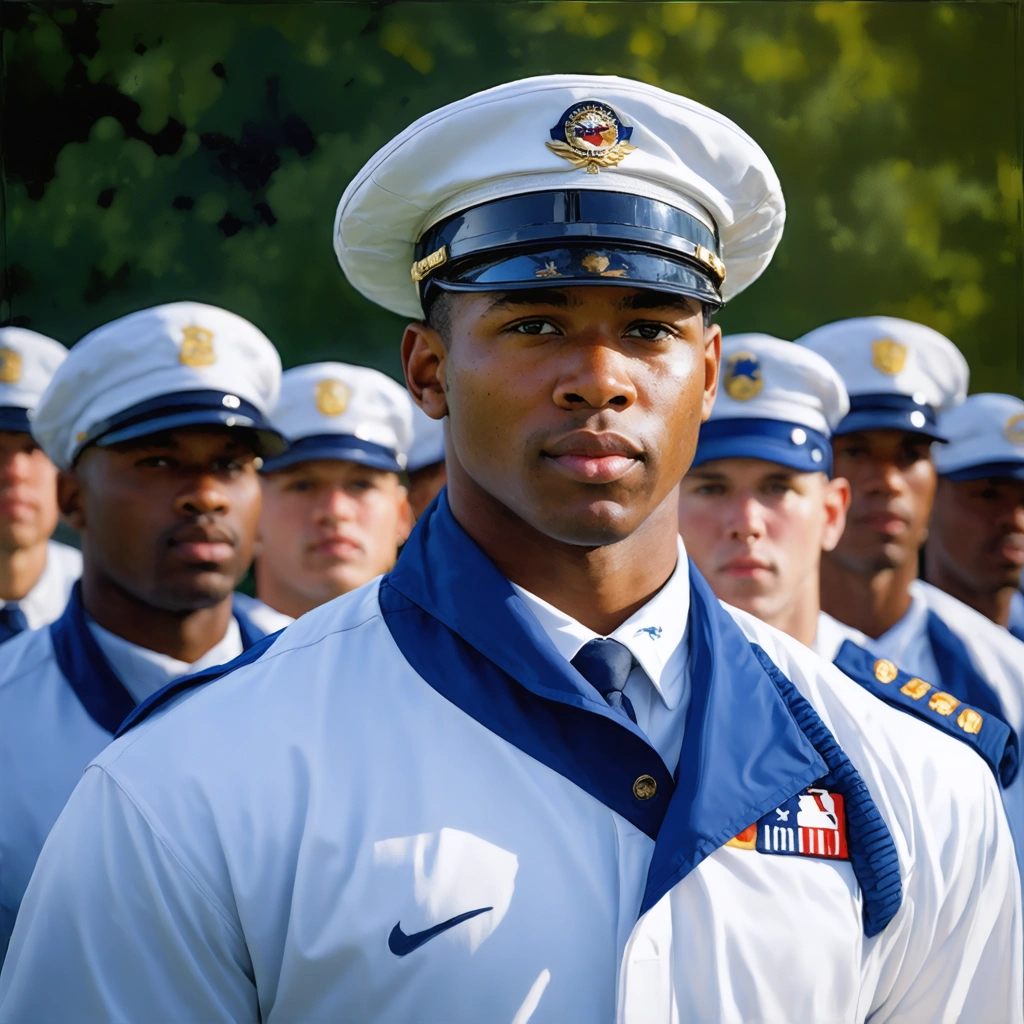
A Unique Transition: From Cadet to Pitcher
Three years ago, Paul Skenes was immersed in a world characterized by discipline, rigor, and a steadfast commitment to excellence as an Air Force cadet. Today, he stands as one of Major League Baseball’s most promising talents, challenging conventional expectations and redefining the pathway to sporting professionalism. His journey from the structured environment of military training to the dynamic field of baseball offers not only a riveting narrative but also valuable insights into adaptability, resilience, and the transferability of skills across vastly different arenas.
Strategic Adaptation and Skill Transfer
The transformation from aspiring jets to fastballs is marked by a series of calculated decisions, grit, and an uncanny ability to deploy the same discipline honed during cadet training in a competitive sports setting. Paul Skenes’ narrative underscores several critical themes:
- Discipline: His military background instilled a rigorous routine that seamlessly transitioned into his sports career, ensuring peak form and precision performance.
- Resilience: The mental fortitude required in the Air Force has prepared him to manage high-pressure situations on the mound.
- Adaptability: Adjusting from structured flight training to the unpredictable nature of baseball, Paul’s career epitomizes successful transformation.
- Leadership: Even in his early years, he demonstrated qualities that would later elevate his role on and off the field, influencing teammates and inspiring fans alike.
Business leaders can derive lessons from this adaptability; the way strategic planning and relentless execution lead to success in seemingly disparate fields.
Business Implications and Sports Industry Impact
Paul’s evolution from a potential military pilot to a professional athlete has broad implications beyond personal achievement. It highlights the intersection of different industries and disciplines, illustrating how competencies developed in one domain contribute to outstanding performance in another.
Leveraging Military Precision in Sports
The inherent business value in Paul’s journey lies in the application of military precision to sports. Here are some tangible benefits and insights:
- Enhanced Personal Branding: Transitioning from a military persona to a sports icon has allowed Paul to build a unique personal brand that appeals to diverse audiences.
- Cross-Industry Innovation: His background encourages sports organizations to look at unconventional talent recruitment methods and the integration of systematic training regimes.
- Market Differentiation: In a crowded sports market, a story like Paul’s creates an emotional connection with fans and potential sponsors who value resilience and innovation.
- Operational Excellence: The methodologies practiced in the Air Force—systematic training, risk assessment, and strategic decision-making—translate effectively into managing stress and optimizing performance on the field.
Strategic Marketing and Brand Leverage
From a business perspective, Paul Skenes’ story is a case study in effective branding and market positioning. Sports marketing professionals can adopt several strategies inspired by his journey:
- Storytelling: Emphasize narratives that reflect personal transformation and overcoming challenges. Authentic storytelling drives engagement and builds trust.
- Visual Identity: Combine elements of military discipline with sports dynamism to create marketing campaigns that resonate on multiple levels.
- Community Engagement: Foster fan communities by highlighting shared values such as dedication, excellence, and transformative growth.
An In-Depth Analysis: Skill Integration and Future Perspectives
To fully appreciate the business and operational insights from Paul Skenes’ journey, a detailed analysis of the inherent skills and their business applications offers valuable perspectives for leaders across sectors.
Comparative Analysis of Skill Sets
The following table provides a side-by-side analysis of skills developed in military training versus those essential in professional sports:
| Skill | Military Cadet Training | Professional Sports (MLB) |
|---|---|---|
| Discipline | Structured routines and operational excellence | Regimen adherence and performance consistency |
| Resilience | Coping with high-pressure situations | Handling competitive stress and recovery from setbacks |
| Strategic Planning | Mission and contingency planning | Game-day strategies and long-term career management |
| Team Leadership | Unit cohesion and coordinated execution | Team synergy and on-field leadership |
Future Directions and the Evolving Landscape of Talent Transitions
Paul’s transition is emblematic of a broader trend where traditional career paths evolve through the integration of diverse experiences. As organizations across different industries seek innovative ways to harness talent, the following strategic directions are noteworthy:
- Cross-Sector Training Programs: Develop training programs that blend rigorous military discipline with creative industry-specific skills.
- Talent Mobility Initiatives: Encourage the movement of talent between sectors to promote diverse perspectives and innovation.
- Collaborative Branding Ventures: Leverage unique personal stories to create compelling narratives that amplify both personal and corporate brands.
- Investment in Versatile Skill Development: Focus on long-term talent development programs that prioritize adaptability and lifelong learning.
The business world stands to gain immensely from the lessons embedded in such transformative journeys. From enhancing operational excellence to crafting inspiring narratives for brand differentiation, the case of Paul Skenes serves as a beacon for industries looking to merge discipline with creativity.
In conclusion, Paul Skenes’ progression from an Air Force cadet to a leading face of baseball encapsulates a story of strategic skill integration, relentless pursuit of excellence, and transformative leadership. His journey not only revolutionizes the conventional narratives in both military and sports sectors but also provides a blueprint for effective business strategies in talent management, branding, and operational innovation. As industries continue to evolve, his story remains a testament to the power of adaptability and the enduring value of disciplined training in achieving extraordinary success in new arenas.




